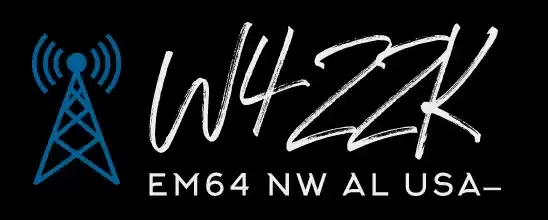Let’s start with the basics, the ITU definitions of radio spectrum.
| LF | Low Frequency | 30 kHz to 300 kHz |
| MF | Medium Frequency | 300 kHz to 3 MHz |
| HF | High Frequency | 3 MHz to 30 MHz |
| VHF | Very High Frequency | 30 MHz to 300 MHz |
| UHF | Ultra High Frequency | 300 MHz to 3 GHz |
| SHF | Super High Frequency | 3 GHz to 30 GHz |
You can see that the basic scheme divides up the spectrum into decades (factors of ten), aligned with frequencies that start with 3 (e.g., 3 MHz, 30 MHz, 300 MHz). If we map the amateur bands onto this system, we see that the bands from 80m (3.5 to 4.0 MHz) through 10m (28-29.7 MHz) fall into the HF range, as expected. Note that 10m almost qualifies as a VHF band, coming in just shy of the 30 MHz limit. That band does have some VHF tendencies. The 160m band (1.8 to 2.0 MHz) actually falls into the MF range even though many of us just think of it as HF.
Let’s take a look at how the US amateur bands line up with this scheme.
There are three VHF bands: 6m (50 to 54 MHz), 2m (144 to 148 MHz) and 1.25m (222 to 225 MHz). The UHF range includes the 70 cm (420 to 450 MHz), 33 cm (902 to 928 MHz), 23 cm (1240 to 1300 MHz), and 13 cm (2300 to 2450 MHz) bands.
The two most commonly used bands in the VHF/UHF region are 2m and 70cm. These bands are home for many FM repeaters, FM simplex, SSB simplex, and plenty of other modes. Common dual band transceivers, both mobile and handheld, operate on the 2m and 70cm bands. These radios are so common that we often refer to them as VHF/UHF dual-band radios. Accordingly, you will often hear hams refer to the 2m band as simply VHF and the 70cm band as UHF, as if VHF means 2 meters and UHF means 70 cm. I know I’ve been guilty of saying “let’s switch over to VHF” when I really mean “let’s go to the 2m band.” The 2m band is certainly VHF but VHF does not always mean 2 meters. Similarly, we might say “I’ll call you on the UHF machines” when it would be more precise to say “I’ll call you on 440 machine.”
Many times being loose with terminology doesn’t matter but there are times when using the right words can make a difference.
